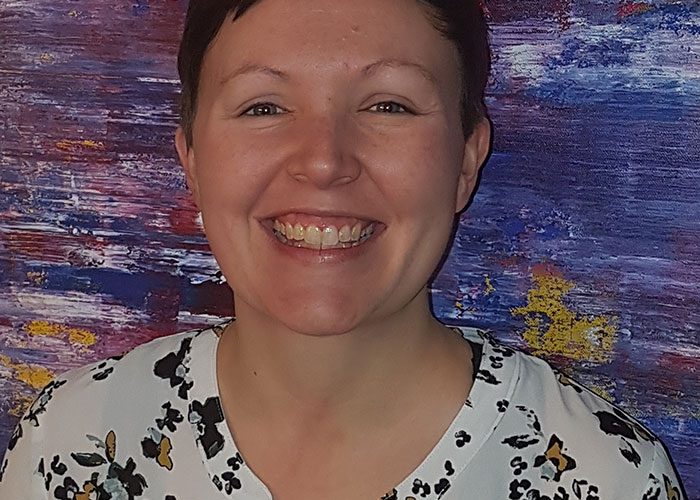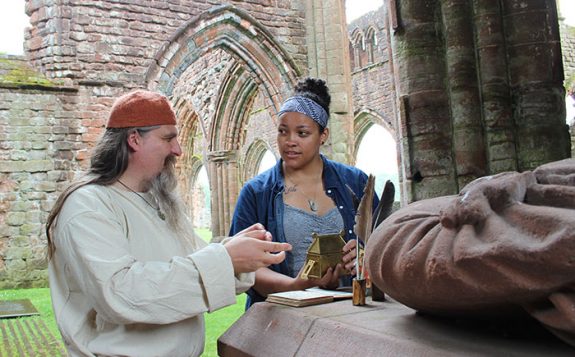When I started working at Algoma University’s Shingwauk Residential Schools Centre (SRSC), I was excited for a new opportunity. I was thrilled to be working in a community-based archive and loved the idea of getting to spend every day immersed in history. It wasn’t until much later that I would come to appreciate how much Algoma U would change my life and perspective, and provide me with a wealth of opportunities for growth.
Since 2010, my role at the SRSC has included an emphasis on working closely with the survivors who comprise the Children of Shingwauk Alumni Association (CSAA) and working to preserve the history of residential schools in Canada. When I began working at the SRSC, I had little practical knowledge of the residential school system. I had read books about residential schools, and I thought that I had a solid understanding of the system, despite never having met or talked with a survivor. I was so wrong. As I was launched into the Centre’s ongoing work with residential school survivors, I quickly realized the uniqueness of Algoma U’s historical site and the power of the community associated with the SRSC. Learning from CSAA members has heavily shaped my perspective on Canadian history, land, and relationships.
For me, the SRSC represents so much more than an archive or a set of historical documents. It is a living example of resilience and strength. In an era of increasing conversations about truth and reconciliation, it is important to recognize that each historical record in the SRSC is connected to individual experiences, has the potential to tell the truth, and can change perspectives. My archival training hadn’t prepared me for the personal and community impact that the records at the SRSC hold. Since coming to Algoma U, I have learned so much about collaboration, respect, and building meaningful relationships. My work has also emphasised how I am still learning and how important ongoing educational opportunities can be.
When Algoma University College moved into Shingwauk Hall in 1971, it took on the responsibility for teaching about the legacy of residential schools in Sault Ste. Marie. Today, I get to be part of that educational journey and awareness building. I spend time teaching students and professionals of all ages about the history of the Shingwauk/Algoma site. This learning often takes the form of site tours and connecting visitors with survivors so they can learn firsthand about what happened here. Truth is tied to place, and the location of Algoma University makes the SRSC uniquely positioned to teach the truth about residential schools in Canada.
My work at the SRSC has opened so many doors both nationally and internationally – I have had the opportunity to write for Canada’s History magazine, edit the popular Canadian History website Activehistory.ca, and sit on the Steering Committee on Canada’s Archives: Response to the Report on Truth and Reconciliation Task Force. These endeavours are tied directly to my work at Algoma U and speak to the respect garnered by the SRSC in the Canadian historical and archival communities. Larger universities and national archives have looked to the SRSC and appreciated the unique resources and community-based approaches that exist in the Sault. I am constantly humbled and grateful for the community of support and inspiration that I found in Algoma U and the CSAA.
Written by: Krista McCracken
Share Article



